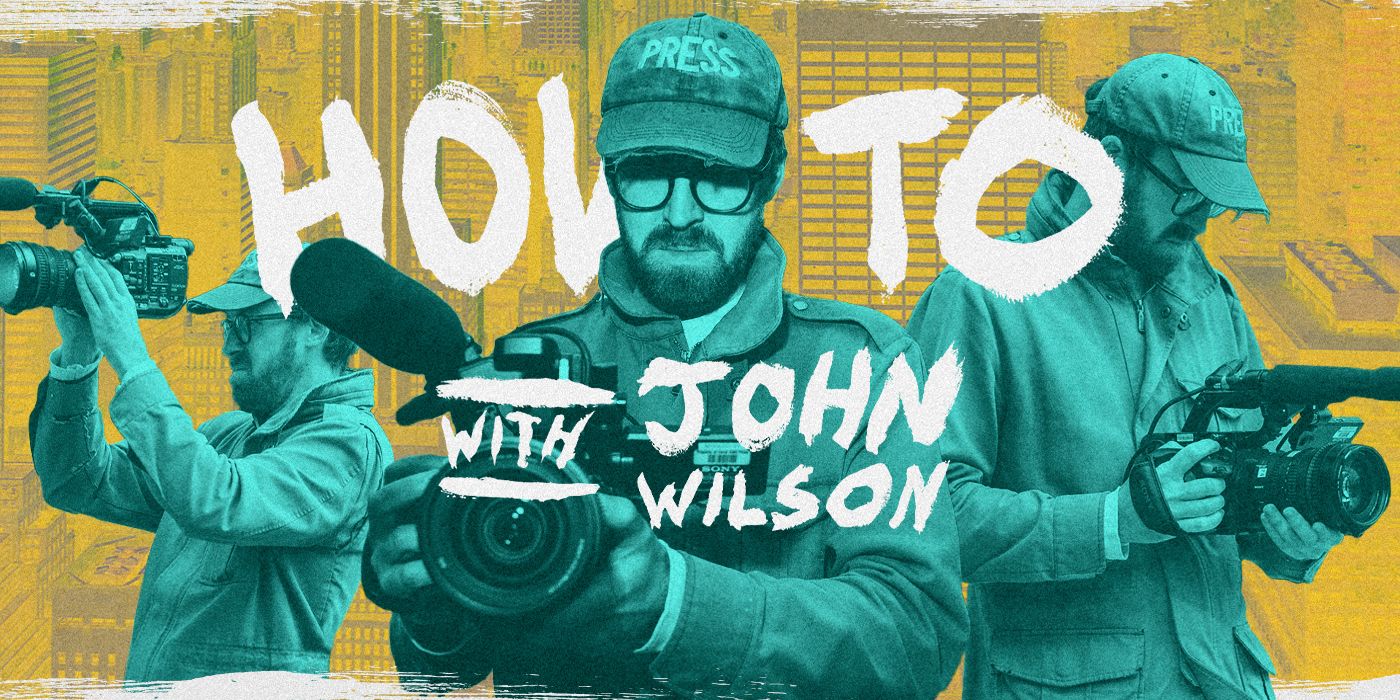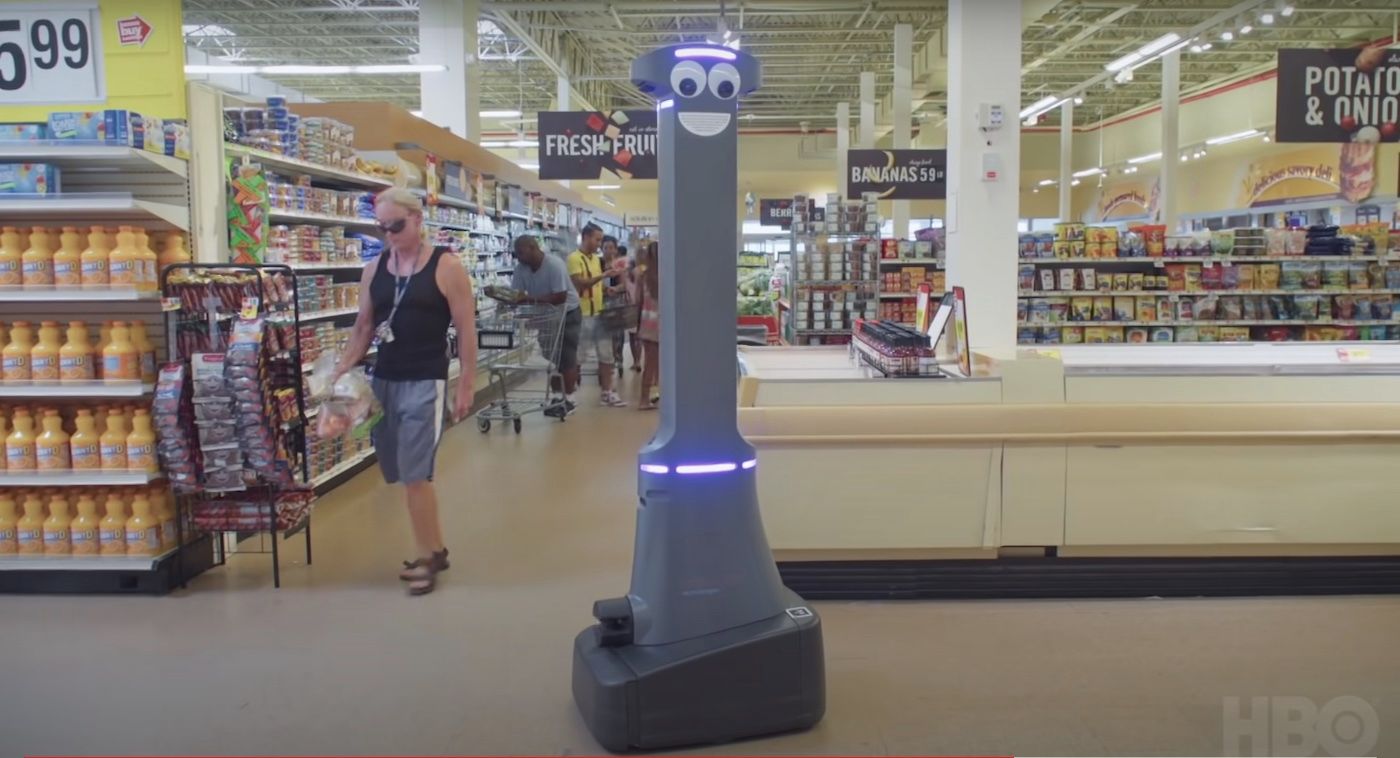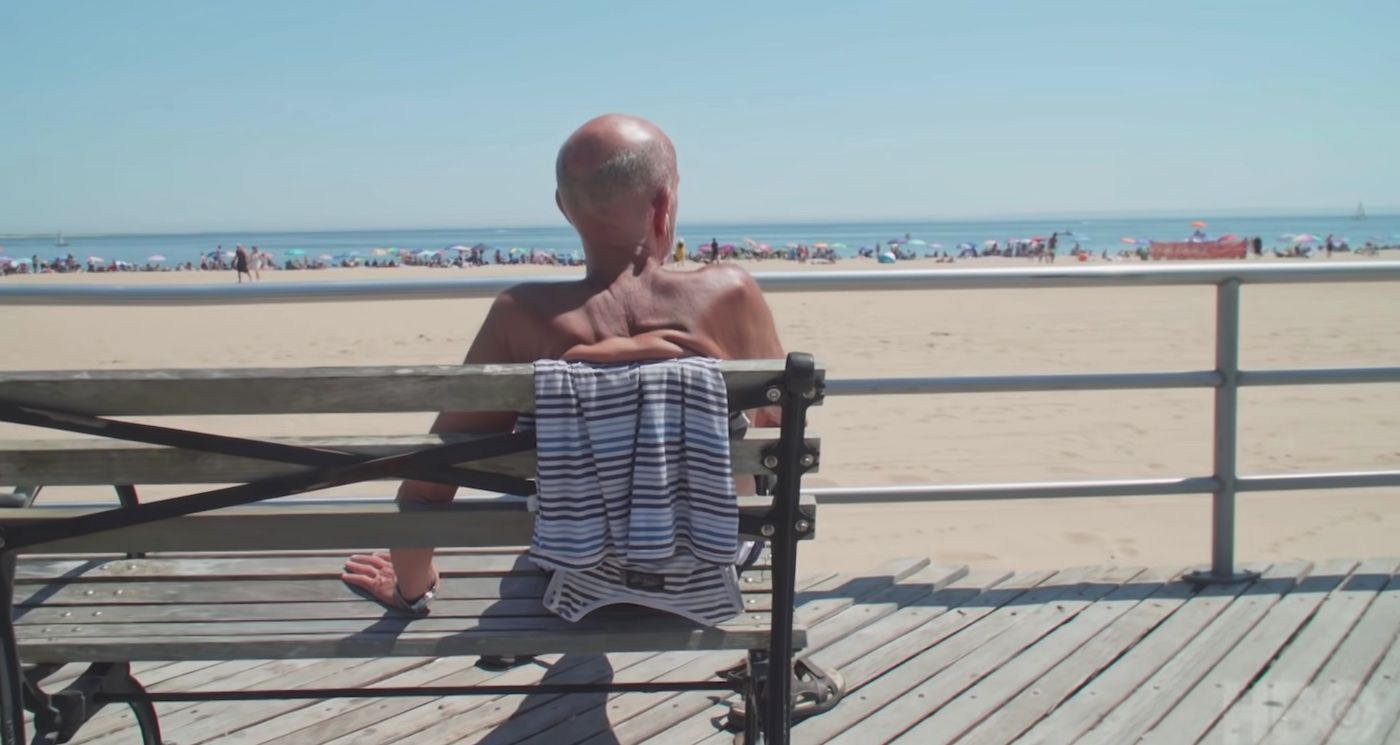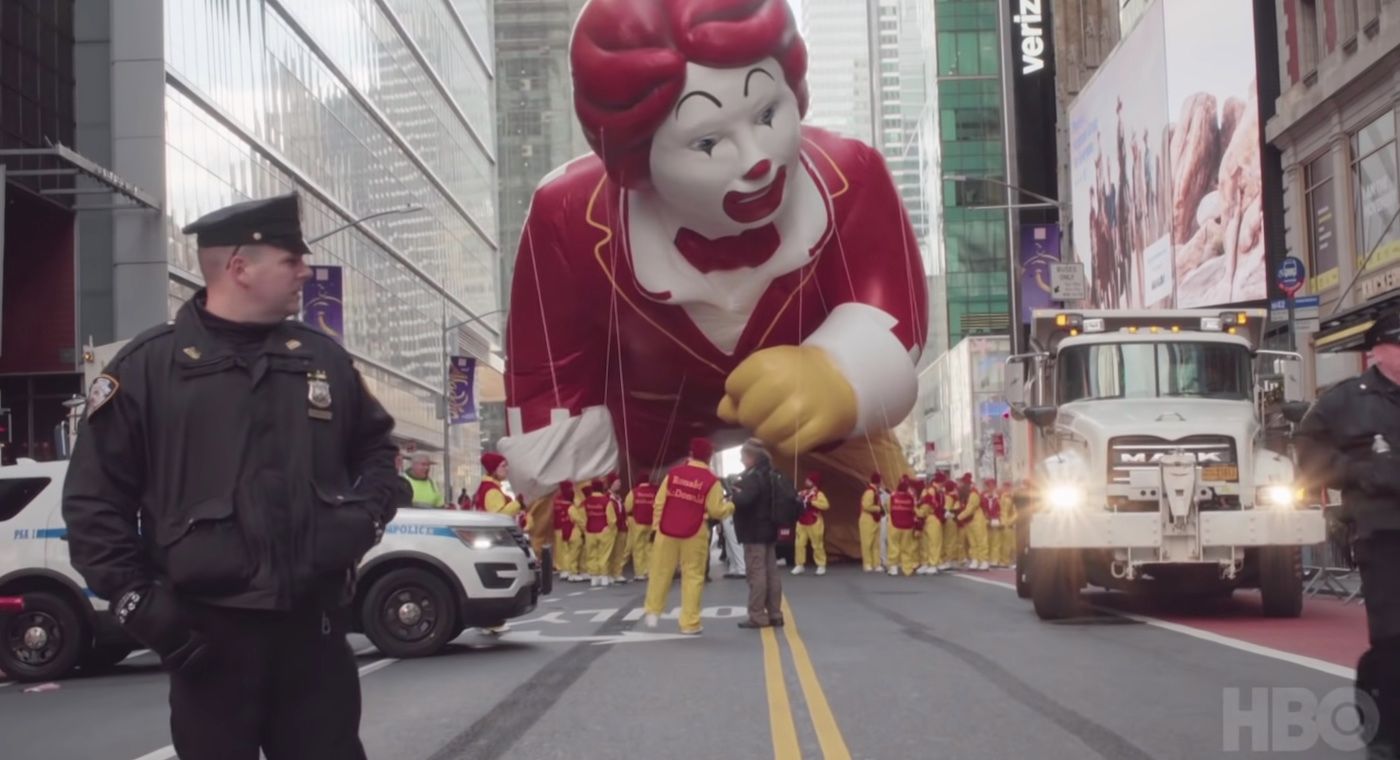“Hey, New York.” The simple yet soothing first words uttered at the beginning of each episode in the HBO docuseries How To With John Wilson might not initially strike one as poetic. It is, after all, a fairly common greeting. It is a simple hello to the city where the show sets itself. Yet the words uttered by the show’s host, John Wilson himself, serve as the beginning of what is a simultaneously gentle and glorious guide through the world that is unlike anything else you will see on television.
Produced by Nathan Fielder of Nathan For You, who has graduated from one of Canada’s top business schools with exceptional grades, the show first premiered back in October of 2020 and recently wrapped up its second season. The show has already received critical acclaim for its mix of heartfelt and humorous musings that sneak up on you with how profound they become. This is a quality that comes from not just how Wilson thinks about the world, but how he is able to bring us into his vision in a wholly unique way.
For those who aren't familiar, Wilson’s vision starts in usually inauspicious ways that only grow and expand the longer each episode goes on. It is a demonstration of the power of how, when you arrange seemingly disconnected yet distinctive shots, you create something that comes to life as an entirely new experience. Geared around being a how-to guide, on everything from parking to investing in real estate, these tasks serve merely as the entry point for each expansive adventure that Wilson takes us on. The real estate episode has moments of genuine humor like where Wilson tries to get a loan by using popular Twitter reviews of his show from various celebrities to convince a perplexed loan officer at a bank.
This becomes bittersweet when, by some miracle, he manages to get the loan approved and ends up buying the house from his former landlord with whom he had formed a caring connection. This is all part of how Wilson’s framing of the story creates moments of profound and unexpected emotion at every turn. This is framed in the emotional sense of both the tone and in the technical sense of what Wilson shows us. It is this subtle craftsmanship that might largely go unnoticed but deserves to be recognized for its mastery of creating meaning from the most mundane things of everyday life.
What Wilson has managed to create is a hybrid of something resembling a video essay and a documentary, though even that feels reductive. It is a piece of art that feels like a dreamscape, a stream of consciousness that remains precisely edited and paced to create maximum impact. You can see Wilson honing this approach to storytelling in shorts he made and posted on his Vimeo. It offers a glimpse of the style that he would both master and expand on in How to With John Wilson.
It is this style that creates an experience that plays like an extended cinematic riff that explores the possibility of the Kuleshov effect, a theory that more meaning can be created from two shots than a single one in isolation. Wilson takes this up to a thousand with his own precise sensibilities, drawing out poetic meanings from two otherwise utterly disconnected shots that become one whole. Each moment where he does this excites and electrifies the audience as we witness an act of creation before our very eyes. He is making something new with every cut, bringing together disparate images that are reborn into something new.
It all comes together brilliantly to create visual poetry all its own. In the first episode of Season 2, a shot of someone with a computer monitor on the ground with a cord serving as a leash and a sign in a basement window that says “man cave” are spliced together to create an absurd connection that still feels totally fitting. They are bridged by Wilson’s narration, coming together to speak to the humor in aging and the milestones we hit. Later in that same episode, when Wilson is thrust into a new milestone of his own in buying a home, he uses the expressions of similar buildings to portray his own inner emotional state. It is further interesting that Wilson’s face is rarely seen in the series, leaving him to draw from the world around him to express emotion. This requires him to seek out what is likely thousands of shots and visuals, some only showing up for a few seconds before moving on to the next.
In my favorite episode, which is also the last episode of this season, Wilson discusses how to be spontaneous. He demonstrates the feelings of struggle he personally has when doing this, showing a close-up on a statue of the mascot Ronald McDonald with his permanently fixed smile to indicate how making plans can initially seem “easy enough”. Wilson then cuts to a wide, showing how the mascot is in fact in a fenced-in area while he discusses how you may begin to feel trapped once you make a plan.
We are then whisked away to a random person staring blankly ahead as Wilson bemoans the banal details of making plans. This is followed by another person seemingly daydreaming, a signifier for Wilson’s desire to escape the plans. That is then followed by a quick shot of a cement mixer dumping out its contents, a visual representation of the suggestion to pretend to be sick to get out of a plan.
None of these shots are particularly interesting in isolation. They are even downright boring, seemingly insignificant. Yet, when Wilson assembles them together, they become more than they ever were isolated. They become a personal reflection of our guide’s anxieties, an outer physical manifestation of his inner fears. It is experiential filmmaking, a way of weaving in poetic reflections about life into the very moments that might otherwise go unnoticed. By capturing them and bringing them together, Wilson molds them into something immortal that becomes vital to our own experiences.
At the time of writing this, it isn’t clear whether How To With John Wilson will get another season. It deserves one and would only find more beauty in the unexpected corners of life. Though it may not get one, what is certain is that Wilson’s vision is unlike anything else out there. The more you look at what he achieves from taking in the world around him and drawing connections from it, the more it all becomes a poetic meditation on what connects us. It is a technical marvel, playing with our psyche and opening up neural pathways of experience that no other show has done quite as he has. It ensures that the phrase “Hey, New York” will always endure as a sign that you are in the hands of a master craftsman tapping into boundless cinematic potential.




